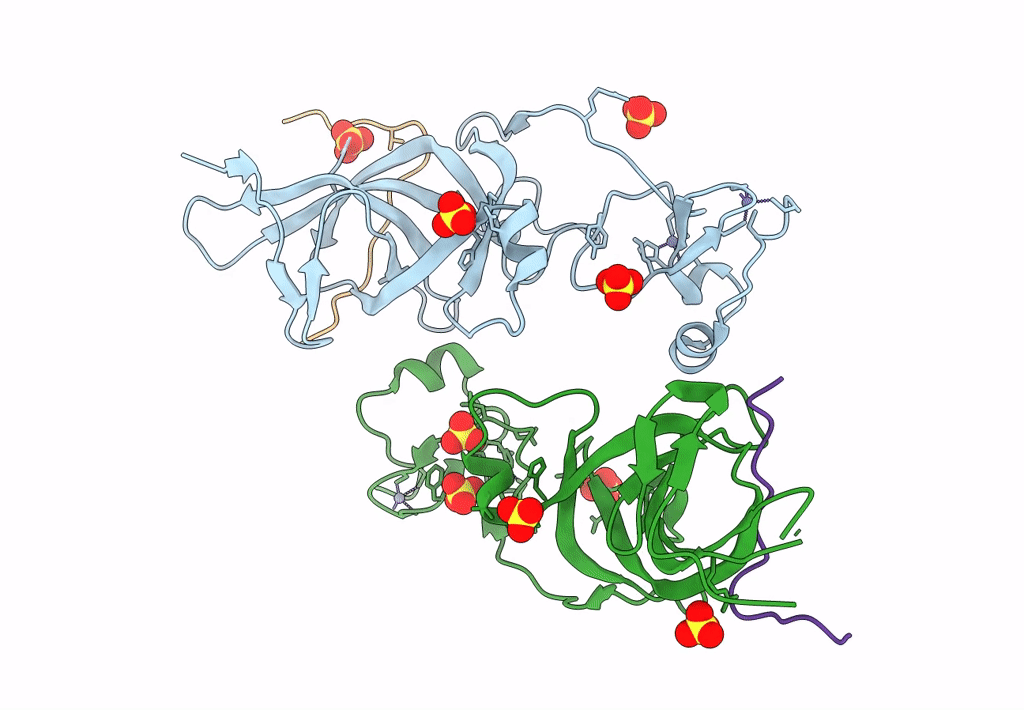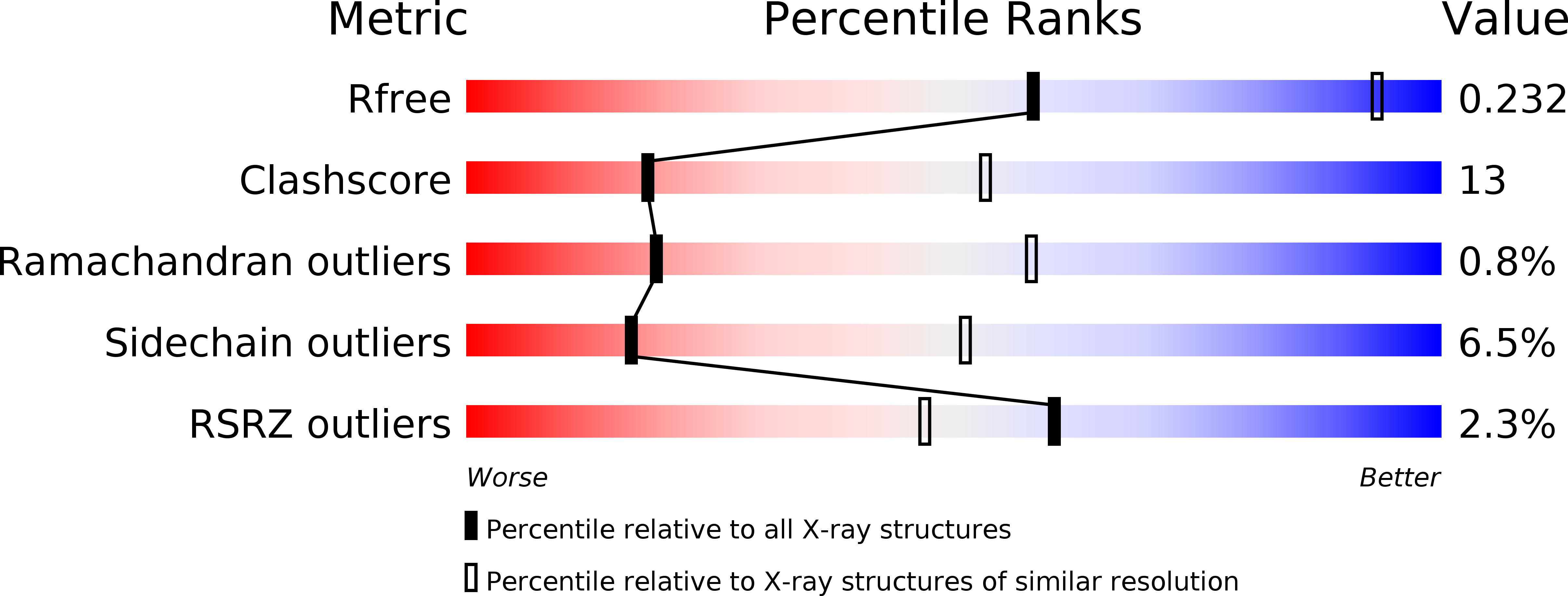
Deposition Date
2018-04-10
Release Date
2018-07-18
Last Version Date
2023-11-22
Entry Detail
PDB ID:
5ZNR
Keywords:
Title:
Crystal structure of PtSHL in complex with an H3K27me3 peptide
Biological Source:
Source Organism:
Populus trichocarpa (Taxon ID: 3694)
Arabidopsis thaliana (Taxon ID: 3702)
Arabidopsis thaliana (Taxon ID: 3702)
Host Organism:
Method Details:
Experimental Method:
Resolution:
3.20 Å
R-Value Free:
0.23
R-Value Work:
0.20
R-Value Observed:
0.20
Space Group:
P 1 21 1


